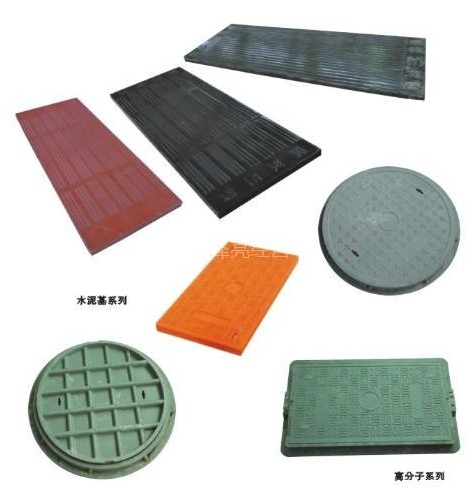
Science and Technology Materials science Stronger when stricken
科技 材料科學 越敲越結實
A new material that gets stiffer when it is stressed
一種受外力時硬度提高的新材料
ONE of the valuable properties of bone is that when it endures repeated stress it responds by becoming denser and stronger.
骨頭有一種很珍貴的屬性,那就是當受到反復的擊打時,其質地反而會變得更加緊密,堅硬度變得更高。
A living material can do that. A non-living one cannot.
只有活性材料具備這種特征,非活性材料則不具備。
It has no way of adding the extra matter needed to provide the extra density. But it would help engineers a lot if non-living stuff could at least stiffen in response to stress—and that may now be possible.
用添加必要物質來讓材料獲得更高密度的方法是不可行的,但如果非活性材料起碼可以在外力作用下變得堅硬—目前達到這一點是可能的,那么這對工程師們來說有非常大的借鑒意義。
Brent Carey, a graduate student at Rice University in Texas, thinks he has found a way to make it happen.
布倫特凱利是一名德州萊斯大學的研究生,他認為他已找到了實現這一設想的辦法。
Mr Carey made his discovery when he was testing the properties of a material made of carbon nanotubes (cylinders of carbon atoms a few billionths of a metre across) and a rubbery polymer called polydimethylsiloxane.
凱利在測試一種材料的屬性時有所發現,該材料的成分包含碳納米管(直徑為幾納米的碳原子圓柱體)和一種名為聚二甲基硅氧烷的橡膠聚合物。
He created this composite by growing a forest of nanotubes using hot hydrocarbon gases and an iron catalyst, and then filling the space between the tubes with the polymer.
材料的合成過程是這樣:首先,他使高溫碳氫混合氣體和鐵催化劑相互作用產生密集的碳納米管群,然后再用聚合物充填碳納米管間的空隙。
The surprise came when he discovered how his new material responded to repeated stress.
當他注意到新材料受到連續作用力而產生反應時,令他驚訝的現象出現了。
He found this did not cause any of the damaging fatigue that would be expected.
據他觀察,預期中的材料損毀性疲勞并未產生。
Indeed, his initial inspection suggested the stuff was actually growing stiffer.
實際上,他的初步監測顯示材料變得更加堅硬了。
Fascinated by this result, he took his finding to his supervisor, Pulickel Ajayan, and they assembled a team to study the new material.
這個結果讓凱利喜出望外,他馬上找到了自己的導師普里克爾阿賈揚,隨后他們成立了一個小組,專門研究這種新型材料。
They gave the composite a real workout. They compressed it five times a second for a week. That caused its stiffness to increase by 12%.
他們給這種合成材料做了次實驗:對該材料施加5.5倍的壓力,時間持續一周,結果材料硬度提高了12%,
Moreover, the effect showed no sign of abating,
并且這種狀態沒有減弱的跡象。
which led them to suspect that if it were exposed to more stress it would grow stiffer still.
研究小組由此設想,如果對其施以更大的作用力,這種材料的硬度是否會變得更高。
Why this happens is still a mystery.
產生這種效果的原因還是個謎。
Mr Carey and his colleagues report in the American Chemical Society's journal Nano that heating the new material did not eliminate the response.
凱利和他的同事們發表在美國化工科學院的期刊雜志《Nano》的文章中說,即使對這種新型材料加熱,也不能消除已產生的變化。
This suggests that the self-stiffening is not the result of chemical changes in the polymer, which can usually be undone by heat.
這說明材料強度提高并不是聚合物發生化學反應造成的,一般這種變化在加熱狀態下是可逆的。
The researchers do have one lead, though. Because of the regular alignment of the nanotubes, they were able to stress the material from various directions.
不過研究人員已有所發現。由于碳納米管呈規律狀排列,他們能夠從不同的方向對材料施加作用力。
They found that when the direction of stress was at right-angles to the tubes, it stiffened by 5.9%.
當施力方向與碳納米管成直角時,材料硬度提高5.9%;
When it was in the direction in which tubes were pointing, the increase was only 4.3%.
當作用力與碳納米管所指方向一致時,材料硬度僅提高4.3%。
What that means is still unclear, but it may be the key to understanding the phenomenon—and thus being able to replicate it with other ingredients.
現在尚無法對其中的原因作出解釋,但或許對于理解材料硬度變化是非常重要的—進而在其他原材料身上復制這類變化也有了可能。











